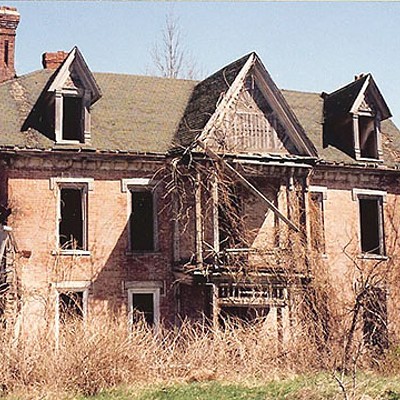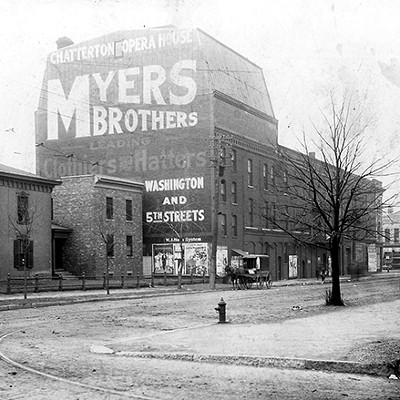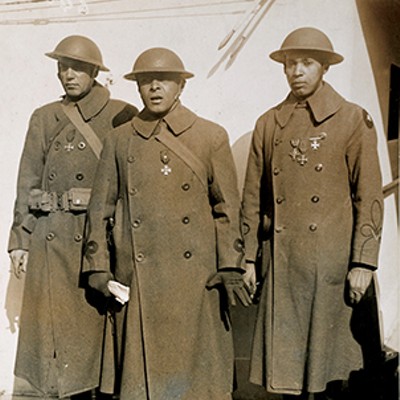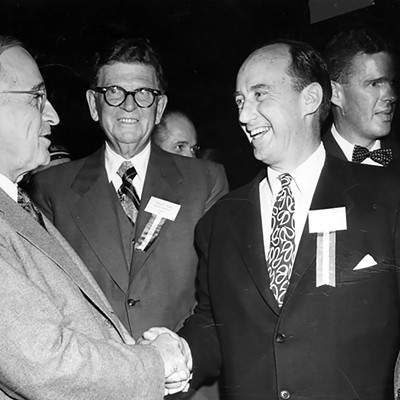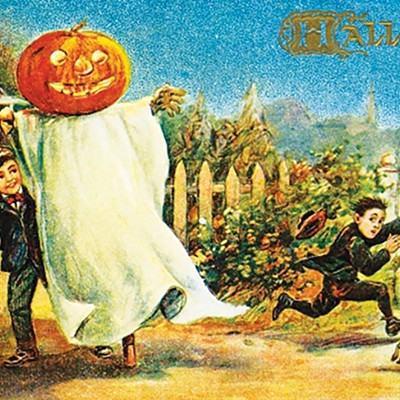One of the enduring myths in American legend is Abraham Lincoln’s first love, a New Salem girl named Ann Rutledge. The subject remains hotly debated among Lincoln scholars today.
The relationship – and its impact on Lincoln’s life – has been depicted as one of the great love stories of all time and made Ann Rutledge into a folk hero. Her father, one of New Salem’s founders, owned a tavern where Lincoln boarded for a time when he arrived in the village in 1832. Nineteen-year-old Ann was engaged to John McNamar, who had returned to his native East, apparently on business.
According to the legend, Lincoln and Ann developed a romantic attraction despite her betrothment, but she fell gravely ill and died in 1835. The loss of his first love plunged Lincoln into despair.
However, the legend often goes further, claiming that Lincoln loved Ann so deeply that he threw himself on her grave in hysteric sobbing, and could never love another – including his wife, Mary, who he married in 1842. Ann’s impact on his life was so sweeping that her memory left him with lifelong melancholy and even drove him to his political greatness, affecting his decisions in the White House.
The story, though, is not supported by proof. No letters between Lincoln and Ann exist, and New Salem settlers, when interviewed decades later, were divided on the possibility of any romance. Some of Ann’s relatives recalled a relationship, though offered no specific details. In a visit decades later, former New Salem friend Isaac Cogdal claimed that Lincoln described a romance, though many scholars question Cogdal’s credibility.
A reference to the affair was made in a newspaper in nearby Petersburg in 1862 that many believed was from a political enemy of Lincoln. Many, though, credit William Herndon, Lincoln’s former law partner, with the origin of the legend.
Herndon came across the story while researching a book on Lincoln in the mid-1860s. Though Herndon offered descriptions of Lincoln’s everyday life that are invaluable, scholars have discounted many claims made by Herndon, an alcoholic who apparently was motivated by money.
“Billy Herndon gave us some wonderful information about Lincoln,” said Dr. Wayne Temple, a nationally recognized Lincoln researcher from Springfield. “But when he began to analyze things, he ran into trouble, and his work kind of falls apart.”
Many scholars believe Herndon championed the Rutledge story to damage Mary Lincoln, the president’s widow, whom Herndon despised. The sentimental tale of the beloved fallen president’s tragic romance with a lovely country girl also appealed to the general public, who were often influenced by the negative perceptions of Mary.
Movies, popular magazines, poets such as Illinoisan Edgar Lee Masters, and folk tales further embellished the story with little regard for existing evidence, solidifying Ann’s place in American lore.
In the late 1920s, Lincoln scholar Paul Angle ruefully said that “95 percent” of visitors to Springfield and New Salem “are firmly convinced that Ann Rutledge was the only woman Lincoln ever loved.” The romance was strongly rebuked in 1945 by James Randall, a Lincoln scholar from the University of Illinois, but it still enjoys periodic waves of popularity among historians.
New research in the 1990s, particularly by Knox College professor Douglas Wilson, argued that Herndon’s “informants” from New Salem were highly credible and that a romance was likely. “Like many historians, I consider modern research, and I think those studies are very worthy,” said Dr. Cullom Davis of Springfield, an acclaimed Lincoln authority. “I think the idea of a relationship between Lincoln and Ann is plausible.”
However, many modern scholars agree that any romance did not have an encompassing effect on Lincoln’s later life. “Herndon was wrong on that,” said Davis. “There’s no reason to think that any affair with Ann Rutledge affected Lincoln’s life in that way.”
Critics note that Lincoln was romantically involved with another woman, Mary Owens, mere months after Ann’s death, casting doubt on the idea of Lincoln’s deep mourning. In addition, Ann was no longer living in New Salem when she died, as her family had moved to Sand Ridge, seven miles away. Before her grave was moved to Petersburg, Ann was buried at Sand Ridge, which also sheds a different light on the image of Lincoln throwing himself on her grave.
The story remains an indisputable part of American culture. Ann’s grave in Petersburg remains one of the town’s most visited sites. The Ann Rutledge Pancake House was a popular Springfield eatery in the 1960s and 1970s. And a train named the Ann Rutledge has carried Midwestern rail passengers on Amtrak and its predecessors until 2009.
Tom Emery is an award-winning freelance writer from Carlinville. He may be reached at 710-8392 or [email protected].
The legend of Ann and Abraham
[
{
"name": "Air - MedRect Combo - Inline Content 1",
"component": "11490391",
"insertPoint": "3",
"requiredCountToDisplay": "1",
"parentWrapperClass": "fdn-ads-inline-content-block"
},{
"name": "Air - MedRect Combo - Inline Content 2",
"component": "11490392",
"insertPoint": "7",
"requiredCountToDisplay": "5",
"parentWrapperClass": "fdn-ads-inline-content-block"
},{
"name": "Air - MedRect Combo - Inline Content 3",
"component": "11490393",
"insertPoint": "12",
"requiredCountToDisplay": "9",
"parentWrapperClass": "fdn-ads-inline-content-block"
}
]
Illinois Times has provided readers with independent journalism for almost 50 years, from news and politics to arts and culture.
Your support will help cover the costs of editorial content published each week. Without local news organizations, we would be less informed about the issues that affect our community..
Got something to say?
Send a letter to the editor and we'll publish your feedback in print!


